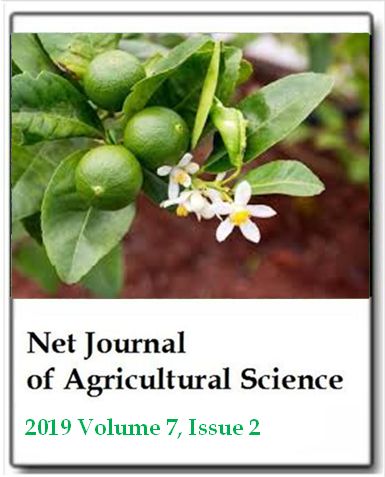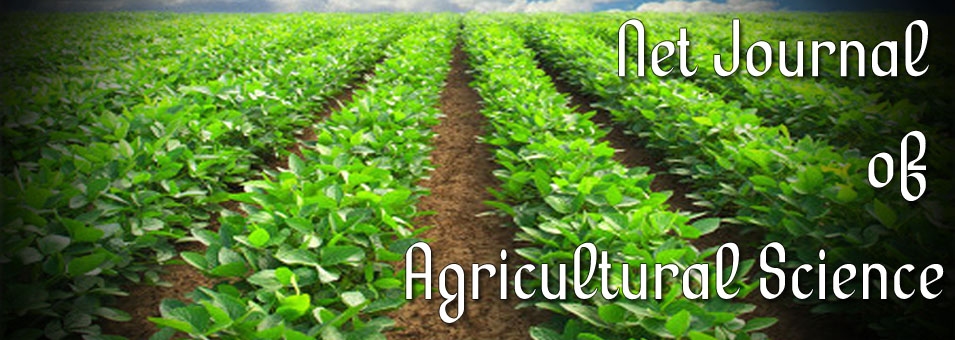Rosemary (Rosmarinus officinalis) plants irrigation with secondary treated effluents using Epuvalisation technology
Mohannad Qurie, Sabreen Daghra, Mustafa Khamis, Amer Kanan, Zaher Barghouthi, Abdallah Alimari, Sameh Nussiebah and Rafik KaramanNet Journal of Agricultural Science
Published: May 27 2019
Volume 7, Issue 2
Pages 69-77
Abstract
The secondary treated effluent (STE) of biological treatment process of Al-Quds University wastewater treatment plant was utilized to irrigate rosemary (Rosmarinus officinalis) using an Epuvalisation system. The Epuvalisation technology is a hydroponic treatment system in which the roots of high value crops are used to polish secondary treated wastewater. This technology is considered to be cheap in construction, easy operation, a long lifespan and needs low maintenance requirements. The plant growth parameters (plant height, fresh and dry weight) demonstrated no significant difference between irrigation with STE and fresh water (FW). Further, the plant analysis of rosemary roots, leaves and stems revealed no influence in irrigation with STE as compared to FW. In addition, no accumulation of sodium or chloride ions in the plant tissues was detected showing no effect of both ions in plants. The water quality of both STE and FW indicated a decrease of biological oxygen demand (BOD) and total dissolved solid (TDS). For STE a reduction of 24 and 39%, respectively, was found, whereas for FW the reduction was 29 and 31%, respectively. The combined results suggest that the Epuvalisation technology is a promising technique for growth of high value plants using STE with additional value of further water treatment using rosemary plants that has the ability to tolerate salty water. The results show that the growth parameters and the chemical and physical characteristics of the plant in the secondary treated wastewater channels are similar to those grown in fresh water channels. Furthermore, water characteristics are analyzed during the growing season and show significant reduction in COD, BOD, TDS and TSS. Thus, the Epuvalisation system displays a benefit of polishing the secondary treated effluent to a level that could be discharged to the environment safely with the benefit of growing highly beneficial crop.
Keywords: Epuvalisation, wastewater, chemical oxygen demand, total dissolved solid, rosemary.
Full Text PDF
ISSN: 2315-9766
